Introduction
In the realm of culinary delights, pickled sweet and sour plums stand as a timeless testament to the art of preservation and flavor enhancement. These delectable treats, often referred to as “preserved plums” or “pickled plums,” encapsulate a symphony of tastes that dance between tangy, sweet, and subtly savory notes. Their history spans centuries, with roots deeply embedded in various cultures across Asia, particularly in China, where they are cherished not only for their unique flavor profile but also for their perceived health benefits.
The process of crafting pickled sweet and sour plums, or “meigui” in Chinese, is an intricate blend of science and tradition. It involves meticulous selection of ingredients, precise timing, and a patient approach to allow the flavors to meld harmoniously over time. This article aims to unravel the mysteries behind this ancient technique, providing a comprehensive guide for enthusiasts and home cooks alike to recreate this timeless delicacy in their own kitchens.
Section 1: Understanding the Ingredients
Before diving into the recipe, it’s crucial to understand the role each ingredient plays in the pickling process. The foundation of pickled sweet and sour plums lies in the careful selection of plums, sugar, vinegar, spices, and sometimes, additional flavorings like salt, herbs, or dried fruits.
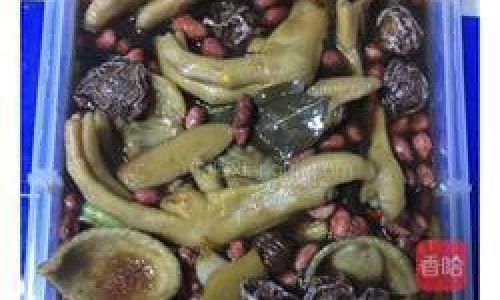
-
Plums: Choose firm, ripe plums with a deep color and a slight give when gently pressed. Varieties such as Santa Rosa, Japanese plums, or European prunes are ideal. Avoid overripe or bruised fruits as they may lead to a softer texture and less desirable final product.
-
Sugar: Granulated sugar is commonly used, but honey or maple syrup can offer a unique twist. The sugar not only balances the acidity of the vinegar but also contributes to the preservation process by creating a high-sugar environment that inhibits bacterial growth.
-
Vinegar: Rice vinegar is traditional, but apple cider vinegar or white wine vinegar can also be used. The vinegar provides the tangy, sour element that contrasts beautifully with the sweetness of the plums and sugar.
-
Spices and Flavorings: Common spices include cinnamon sticks, cloves, and star anise, which add warmth and depth to the pickling liquid. Optional additions like ginger slices, dried chili flakes, or even a handful of tea leaves can infuse the plums with additional layers of flavor.
Section 2: Preparation and Sterilization
Before beginning the pickling process, ensure all equipment and containers are thoroughly cleaned and sterilized. This step is vital to prevent contamination and ensure the longevity of your pickled plums.
-
Glass Jars: Select jars with tight-fitting lids made of glass or ceramic, as these materials are less reactive and more durable than plastic.
-
Boiling Water Sterilization: Submerge the jars, lids, and any utensils you’ll use in boiling water for at least 10 minutes. Allow them to air-dry on a clean towel.
Section 3: The Pickling Process
Now, let’s delve into the step-by-step process of crafting pickled sweet and sour plums.
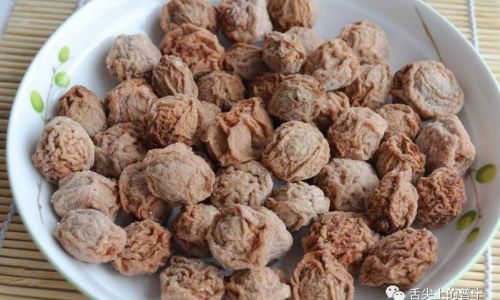
Step 1: Preparing the Plums
-
Washing: Rinse the plums under cold running water to remove any dirt or residue. Pat them dry using a clean kitchen towel.
-
Pitting: Using a small, sharp knife, carefully remove the pits from each plum. This can be done by halving the plums lengthwise or using a plum pitter tool.
-
Optional Brining: Some recipes call for a brief brining in saltwater to draw out excess moisture and enhance the plum’s texture. However, this step is optional and depends on personal preference.
Step 2: Preparing the Pickling Liquid
-
Combining Ingredients: In a large, non-reactive pot, combine the sugar, vinegar, and spices. The ratio typically ranges from 1 cup of sugar to 2 cups of vinegar per pound of plums, but feel free to adjust according to taste.
-
Heating: Bring the mixture to a gentle boil over medium heat, stirring occasionally until the sugar is fully dissolved. Allow it to simmer for a few minutes to meld the flavors.
Step 3: Packing the Jars
-
Layering: Pack the prepared plums tightly into the sterilized jars. You can pack them whole, halved, or quartered, depending on your preference for texture and ease of eating.
-
Pouring the Liquid: Carefully pour the hot pickling liquid over the plums, ensuring they are fully submerged. Use a ladle or funnel to avoid spills.
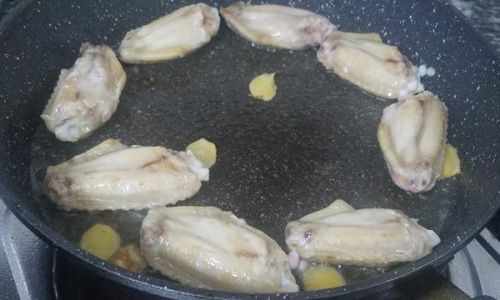
-
Removing Air Bubbles: Tap the jars gently on the countertop to release any trapped air bubbles. This helps in preventing mold formation during storage.
Step 4: Sealing and Processing
-
Sealing: Wipe the rims of the jars clean with a damp cloth to remove any residue that could compromise the seal. Securely tighten the lids.
-
Water Bath Canning: For long-term storage, process the jars in a boiling water bath. Submerge the jars completely in a large pot of boiling water, ensuring they are not touching each other or the sides of the pot. Boil for 20-30 minutes, depending on jar size and altitude.
-
Cooling: Remove the jars from the water bath using a jar lifter and place them on a towel to cool completely. Avoid moving or disturbing them until they have fully sealed. You’ll know they’ve sealed properly when the lids are concave and do not flex up when pressed.
Section 4: Storage and Aging
-
Immediate Use: Pickled plums can be enjoyed immediately, but their flavors will continue to develop over time.
-
Storage: Store the sealed jars in a cool, dark place, such as a pantry or cellar. Properly canned pickled plums can last for several months to a year, depending on storage conditions.
-
Aging: For the best flavor, consider aging the plums for at least a month before opening. The longer they sit, the more their flavors will meld and intensify.
Section 5: Serving and Enjoying
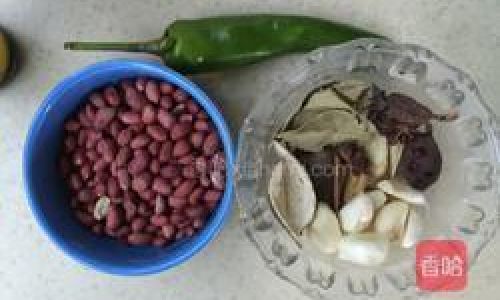
Pickled sweet and sour plums are incredibly versatile and can be enjoyed in numerous ways:
-
As a Snack: Eat them straight out of the jar for a tangy, sweet treat.
-
In Cooking: Use them to add a burst of flavor to dishes like stir-fries, rice porridge, or even desserts like cakes and cookies.
-
Beverages: Infuse them in hot or iced tea, or use their syrupy liquid to make cocktails or lemonade.
Conclusion
The art of crafting pickled sweet and sour plums is a journey through time, flavor, and tradition. By following this meticulous recipe, you’ll not only preserve the essence of the plum but also create a culinary treasure that can be enjoyed throughout the year. Whether you’re preserving the harvest from your garden, exploring new culinary horizons, or simply seeking a delightful snack, pickled sweet and sour plums offer a unique and rewarding experience. So, gather your ingredients, roll up your sleeves, and embark on this delicious adventure today. Your taste buds will thank you!
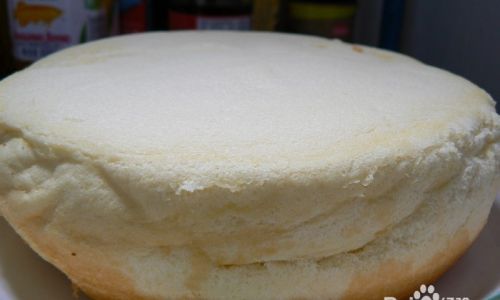
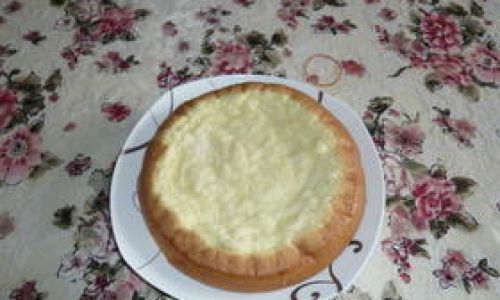
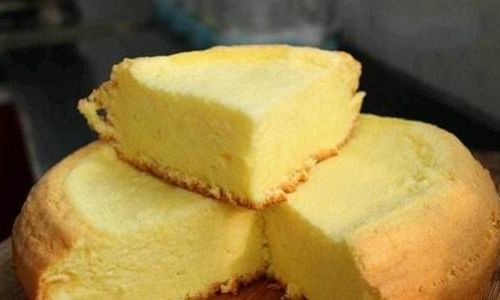
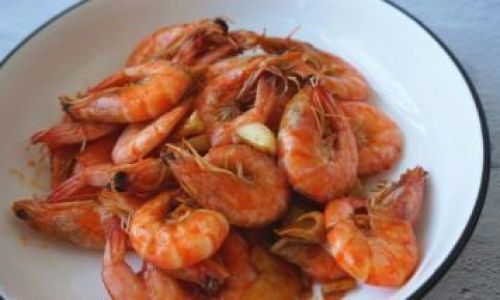
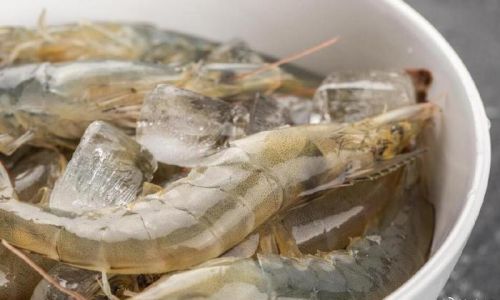
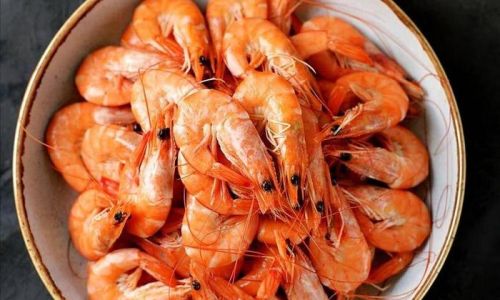
0 comments